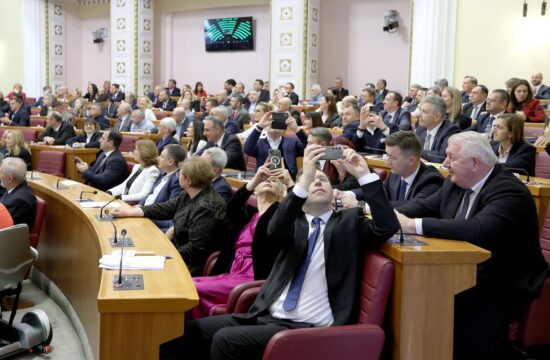The prices of long-term renting in Croatia have jumped 15-30 percent compared to last year, with cities along the Adriatic coast experiencing a serious shortage of flats available to tenants for rent during the summer season.
Real estate agencies told Poslovni Dnevnik that the rise in rent prices is less due to subsidised housing loans, which pushed up prices on the entire real estate market, and in larger part thanks to the rising popularity of short-term renting during the summer tourist season, especially in the coastal cities of Zadar, Sibenik, Split, and Dubrovnik, business daily Poslovni Dnevnik reported on Monday.
Because of the surge in short-term renting, families wishing to find a long-term housing for rent in seaside cities are increasingly left with fewer options. As for students, who rent apartments in the off season as it matches the academic year, have to face higher rents.
“Renting in Zagreb is now reaching its peak, as it always is around this time of the year. All the smaller flats have been taken already, and what remains on the market are very large flats. The biggest demand is for smaller and mid-sized two-room flats, and in that category the price has gone up by a quarter, on average. A 40-square-metre flat which used to cost €300 per month, now has an asking price of €400,” Zagreb-based Rivalitas real estate agency told Poslovni Dnevnik.
In the seaside city of Zadar, there are very few flats left available for long-term rentals, mostly those by owners who don’t want to deal with tourists. Licensed real estate agent, Ana Marcelic, said that apartments which used to cost €300 are now averaging €450 per month.
“Flats for year-round rent are very difficult to find, it’s mostly only for the period from October to June, when owners start doing short-term rents to tourists. So only students can rent, as the off-season suits them, and families have huge problems as they get kicked out of their flats when the summer season starts,” Marcelic said.
In Croatia’s second city of Split, long-term prices rose by around 15 percent, but finding an apartment available for rent for more than ten months has become practically impossible.
Research assistant Marina Tkalec at Zagreb’s Faculty of Economy pointed out that the rise in rent and real estate prices can have multiple economic and social effects, as not only these shoot up the price of living in cities, they also affect personal choices people make in terms of education and employment.
“The higher costs of living can negatively affect accumulation of human capital, as it happened with students in coastal cities, while the latter can be seen in worsened labour market offer, especially in terms of seasonal work and coastal cities,” Tkalec told Poslovni Dnevnik.
A detailed analysis of the housing market should be done, Tkalec added, and consider possible regulations, including insisting on a more formal framework for the relationship between landlords and tenants, incentives for building student dormitories in seaside cities, and even setting a limit to rent prices, Poslovni Dnevnik reported.
Follow N1 via mobile apps for Android | iPhone/iPad | Windows| and social media on Twitter | Facebook.



